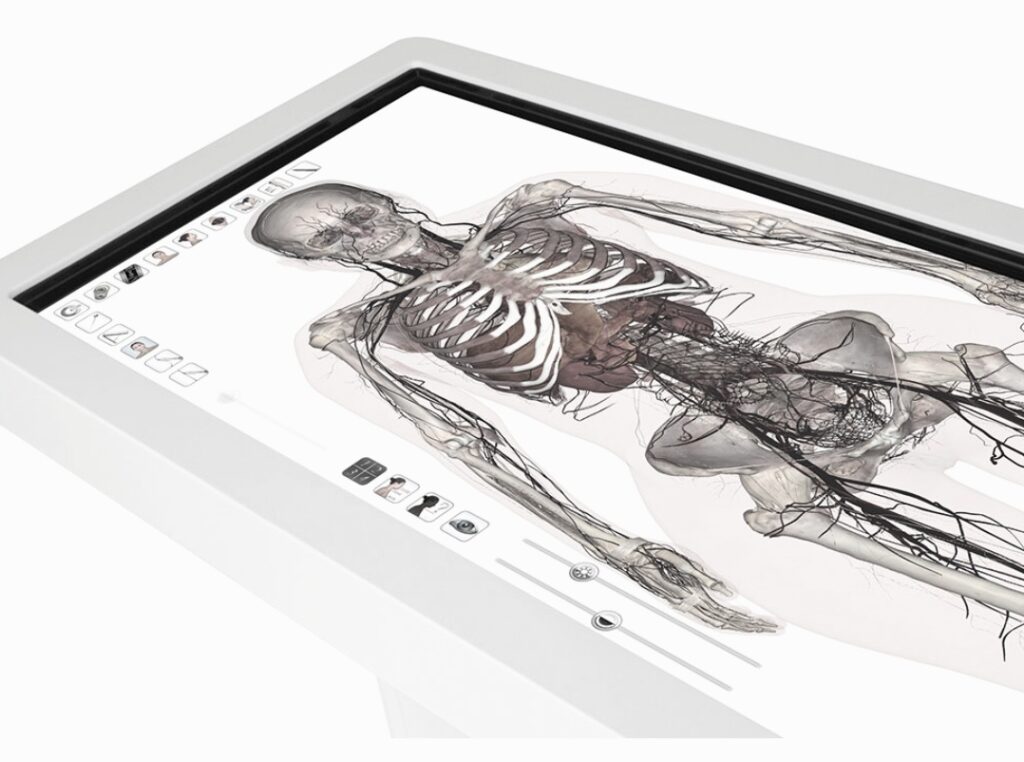Are We Moving Towards a Hybrid Model of Cadaveric-Virtual Anatominal Dissection?
Cadaveric and virtual dissection are two popular methods used in medical education to teach anatomy and surgical techniques to students. Both methods have their own unique advantages and disadvantages, and the choice of which method to use depends on the specific needs of the educational program and the learning goals of the students.
Cadaveric dissection is the traditional method of teaching anatomy, in which students learn by dissecting a real human body. This method provides students with a realistic experience of working with human tissue and a deep understanding of the structure and function of the body. Cadaveric dissection also allows students to develop their manual dexterity and surgical skills, which are essential for their future careers. However, cadaveric dissection has some limitations, such as the limited availability of cadavers, the ethical and legal issues surrounding the use of human tissue, and the potential for exposure to infectious diseases.
Virtual dissection, on the other hand, uses computer-based simulations to mimic the experience of dissecting a real body. This method provides students with a safe and controlled environment for learning, without the need for real cadavers. Virtual dissection also allows for flexibility in the learning process, as students can repeat the dissections as many times as they need to fully understand the anatomy. Additionally, virtual dissection can be done remotely, which allows for a wider range of students to access the learning material. However, virtual dissection does not provide the same level of realism as cadaveric dissection, and it may not be as effective in developing manual dexterity and surgical skills.

The Hybrid cadaveric dissection is a combination of both traditional and virtual dissection, where students can use virtual simulations to prepare for cadaveric dissections. This method allows students to gain a deeper understanding of the anatomy before working with real human tissue and can help to minimize the limitations of cadaveric dissection. Furthermore, this method allows students to have a more efficient use of cadavers, by focusing on specific regions and structures of interest.
In conclusion, both cadaveric dissection and virtual dissection have their own unique advantages and disadvantages. Cadaveric dissection provides a realistic experience of working with human tissue, but it has limitations such as limited availability of cadavers, ethical and legal issues, and potential for exposure to infectious diseases. Virtual dissection provides a safe and controlled environment for learning, but it does not provide the same level of realism as cadaveric dissection. The Hybrid cadaveric dissection offers a combination of both traditional and virtual dissection that allows students to gain a deeper understanding of the anatomy, minimize the limitations of cadaveric dissection and use cadavers more efficiently. The choice of which method to use will depend on the specific needs of the educational program and the learning goals of the students.

